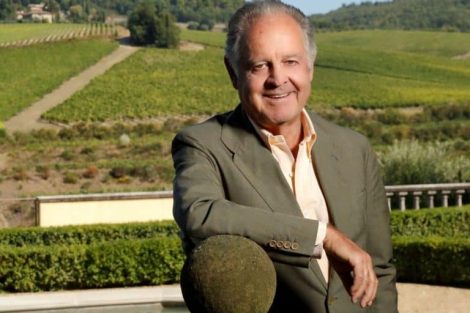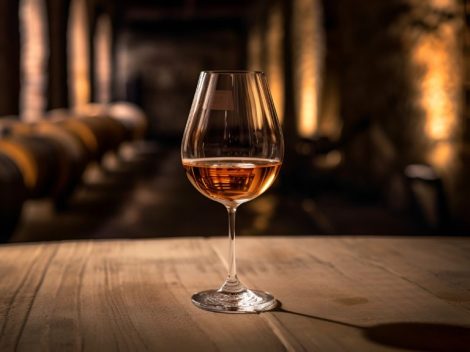Boundless creativity
The workshop of dreams is a promising name. Speaking of design, creativity and cuisine and the prolific relationship between these disciplines. Once again this innovative creativity mission happens in the Basque Country, in the north of Spain, facing the Atlantic Ocean – home to many world famous chefs accustomed to gastronomic avant-garde. There are no limits, including when working abroad. A few years ago, for example, Andoni Luis Aduriz – chef at Mugaritz – worked on a confectionary research project called The Candy Project. More recently, the Guggenheim museum in Bilbao – home to Nerua of chef Josean Alija – promoted yet another pop culture rehabilitation project, commissioning a futuristic hot dog cart with innovative design serving artisanal food. On the same fast track is the collaboration between the Arzak family in San Sebastian guided by the talented heir Elena, and Basque designer Izaskun Chinchilla.
A Window on the Arzak Universe
The partnership matured thanks to an initiative fostered by the American Hardwood Export Council at the Hay Festival in the hopes to value artisanal wood workmanship applied to various fields. In the case of the three-Michelin starred kitchen of Juan Mari and daughter Elena Arzak this bond brought forth the creation of a particular piece of restaurant furniture that is nothing short of the genius of Leonardo Da Vinci’s unique Renaissance contraptions. A Window on the Arzak Universe is the name of the piece. Beyond its elegant looks, this implement will revolutionize the patron’s overall dining experience. In this case the design is not on the table, like in the case of Andrea Salvetti for Paolo Lopriore, it rather substitutes it, framing it like a window open on the kitchen and that opens communication between the cook and the customer. Practically speaking, this mobile cart made of six different American wood varieties, allows the customer to approach the kitchen while comfortably seated at his table, and allows the chef to continue working in front of the customer while surrounded by his tools and utensils needed for his whimsical, avant-garde and creative dishes, typical of the Arzak cuisine. In this way one enters the other’s universe: the viewer participates in the creative process, while the cook catches the emotions of the final user without whom the restaurant has no purpose. The cook’s utensils starring in this operation are revealed and help the comprehension of the dish’s conception. Visionary perhaps and incredibly fascinating. Arzak has always had a penchant for design and brilliant results, for example dishes with a built-in light designed in partnership with Philips Design. Why then put limits on creativity?
by Livia Montagnoli
translated by Eleonora Baldwin

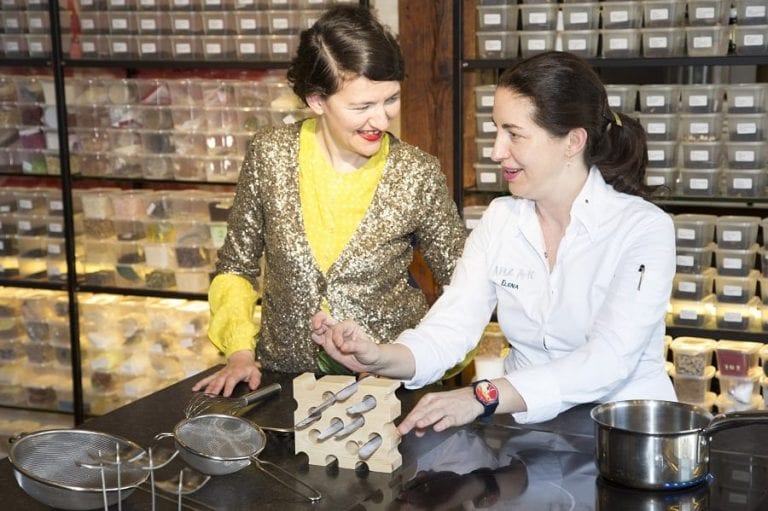

 The Game (and the misunderstanding) of dealcoholised wines: even an expert critic can be fooled at first sip
The Game (and the misunderstanding) of dealcoholised wines: even an expert critic can be fooled at first sip With fish, you can (also) drink red!
With fish, you can (also) drink red!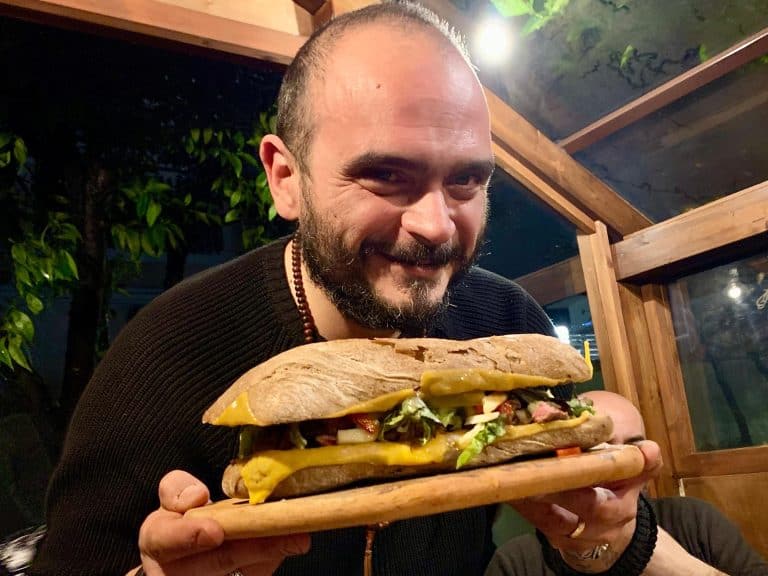 The story of the pharmacist who dispenses prescriptions by day and crafts gourmet burgers by night
The story of the pharmacist who dispenses prescriptions by day and crafts gourmet burgers by night It's time for light Prosecco: the lower-alcohol version is the latest innovation in record-breaking bubbles
It's time for light Prosecco: the lower-alcohol version is the latest innovation in record-breaking bubbles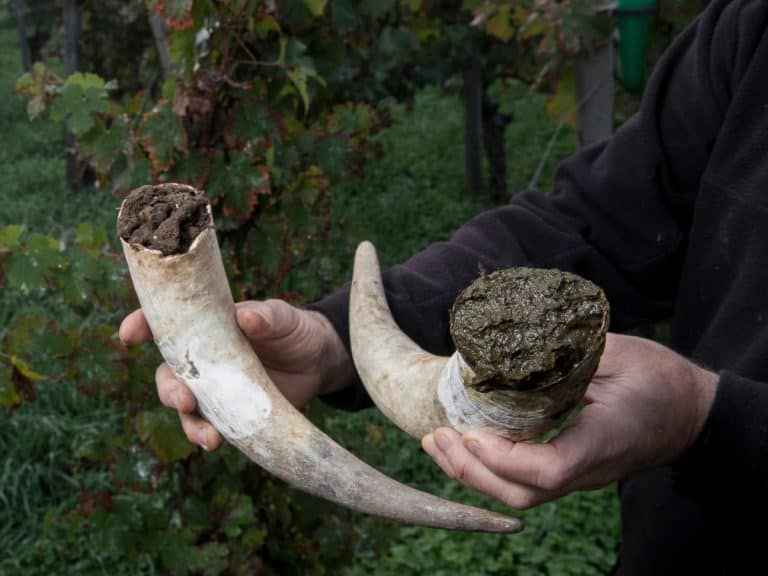 "Biodynamic preparations ave no effect on viticulture": The shocking conclusions of a Swiss study
"Biodynamic preparations ave no effect on viticulture": The shocking conclusions of a Swiss study

